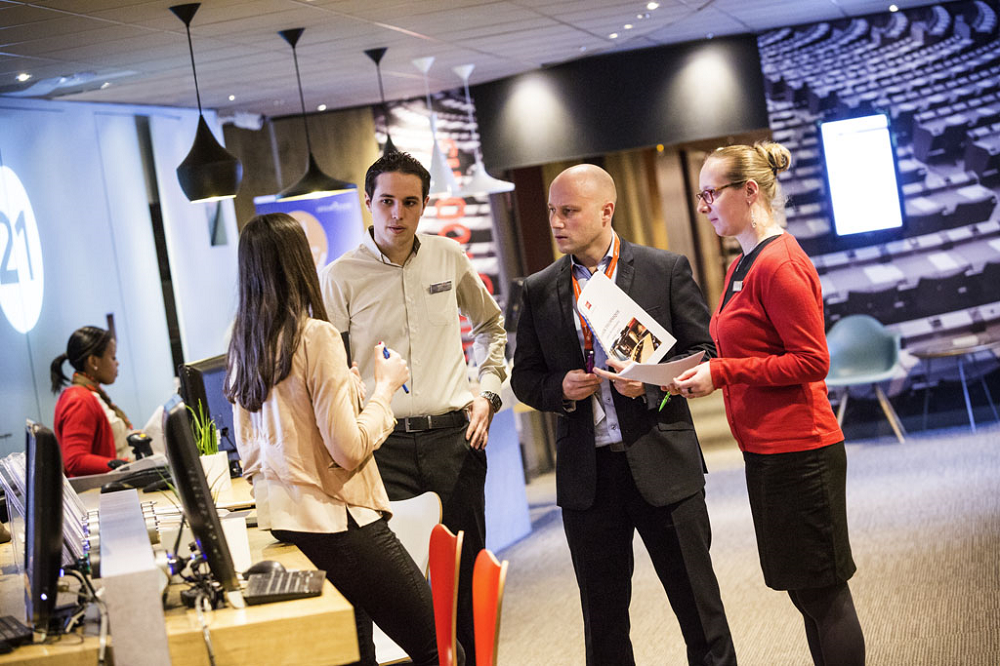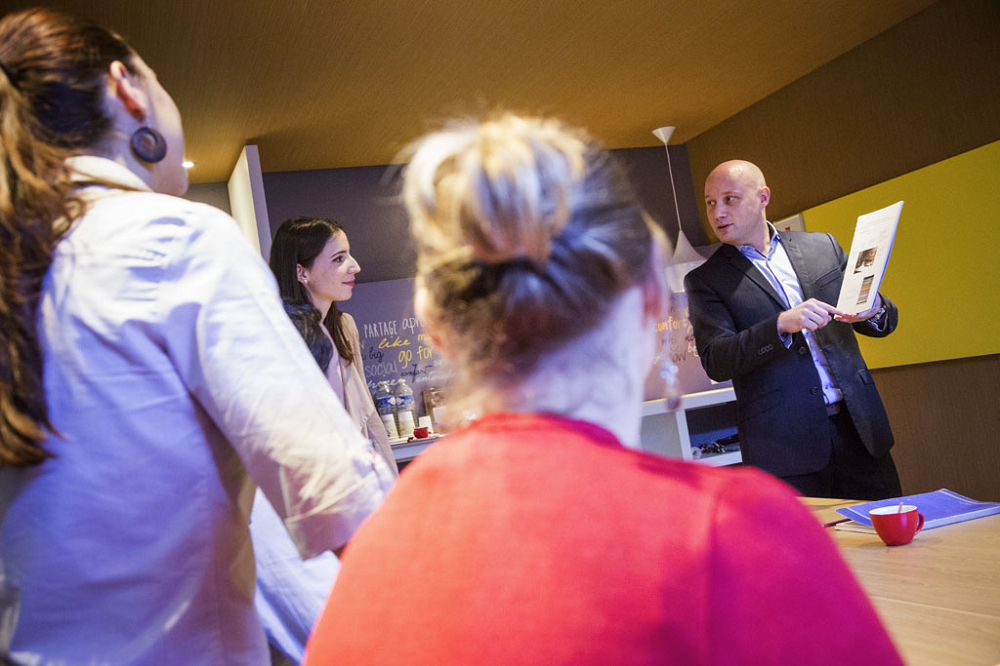Agenda meticulously prepared, layout of your roomimpeccable holding, dynamic presentationactivities that promote brainstorming... as ameeting organizeryou have put all the chances on your side to ensure the success of your event and strengthen the team cohesion. Unfortunately, teamwork often means disagreements. A tense situation, whether in the workplace or in everyday life, is always difficult to handle and manage. These tips should help you resolve conflicts during your meetings, and sometimes even benefit from them.
Search for the origin of the conflict
When opinions are contradictory, it is important to identify the cause of the difference. What was the topic? Why is it divisive? Why is it causing outrage or anger in some participants? If the root of the conflict is not clear, calmly ask the people involved to say what is bothering them.
Seek to resolve the conflict instead of trying to win it
When a disagreement arises, the people involved both think they are right and defend their position with varying degrees of force. Keep in mind that if there is a conflict in a meeting, resolution must prevail over victory. Even if they are sure they are not wrong, encourage participants to put their egos aside and avoid offending the other person.

Acting according to temperament
Conflicts expose temperaments. Introverts remain calm, needing some time to think about the problem as a whole and to choose their words. Extroverts react spontaneously, get angry easily, raise their voice and make big gestures. If things get heated, take a break. Invite participants to take a 15-minute break, have a coffee or go outside for some fresh air. The situation should calm down when they return.

Recall the purpose of the meeting
A conflict situation may arise during a role-playing game or group work. Use it wisely to remind your participants that the current activity is intended to promotemutual aid and to strengthen the cohesion of the team. Congratulate them on their commitmentand that the communication is one of the pillars of your organization.
Involve all participants in finding solutions
Take the opportunity to convert a conflict into a a brainstorming session. Take care to present the problem to the group, so that it is oriented towards the desired reflection. Even if the participants do not come to any conclusions, they will have thought together about a sensitive issue, and you will have contributed to weave froms links between employees.
Using a mediator
If the above advice does not work and the conflict becomes too great, a third party should intervene. This could be the head of the department or the director of human resources, for example.
If there is a disagreement during a meeting, be sure to conclude positively. Invite the participants to bow, to show the other person that they respect them and that their relationship is more important than the subject of the conflict. Use this moment to play on the emotional side and generate trade-offs.


